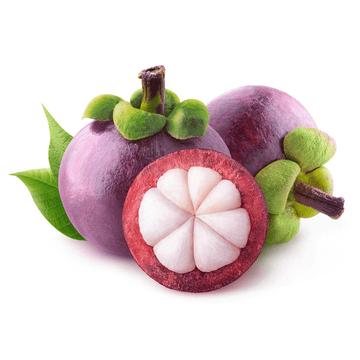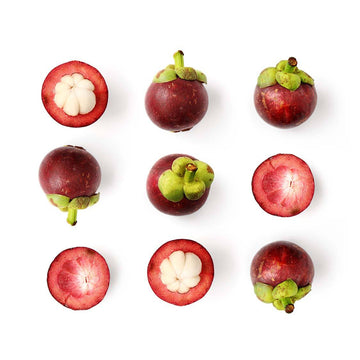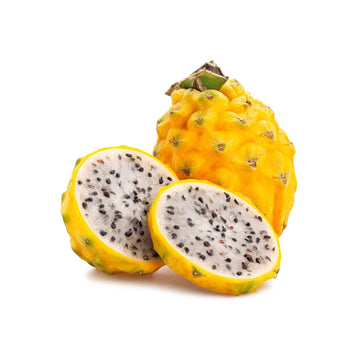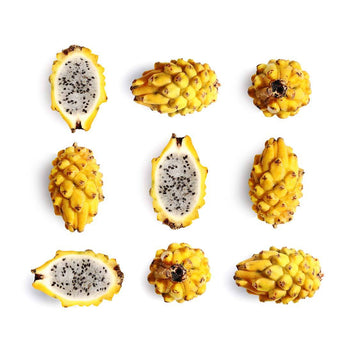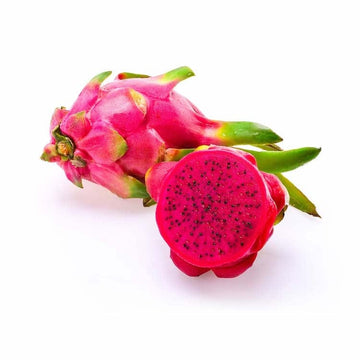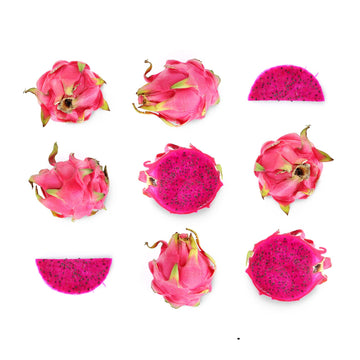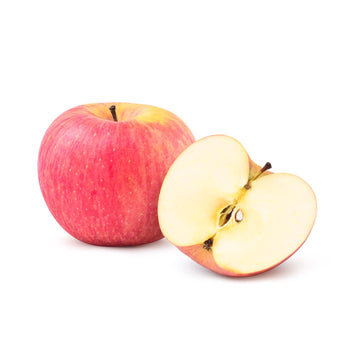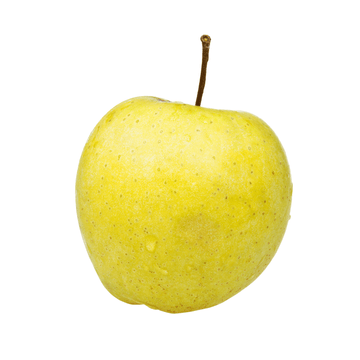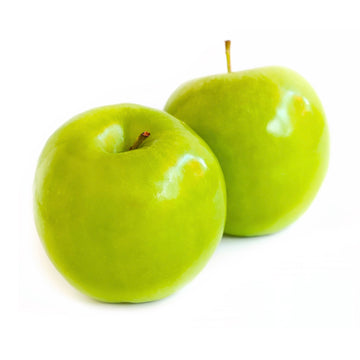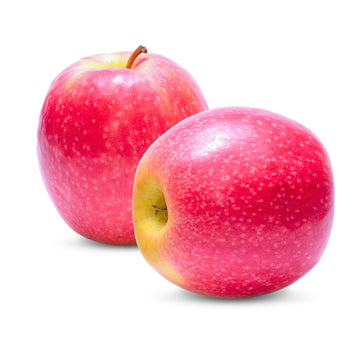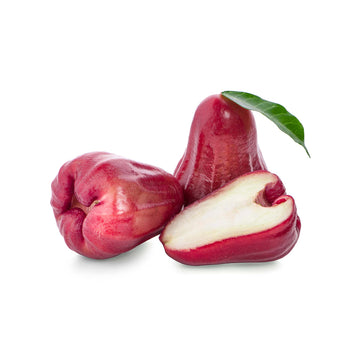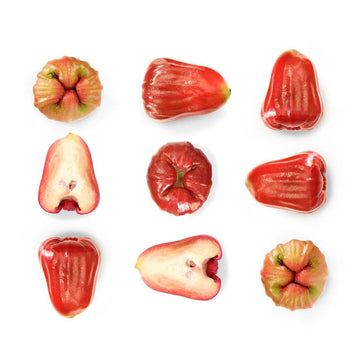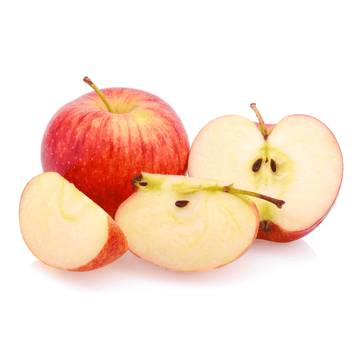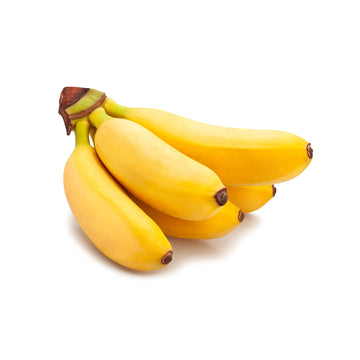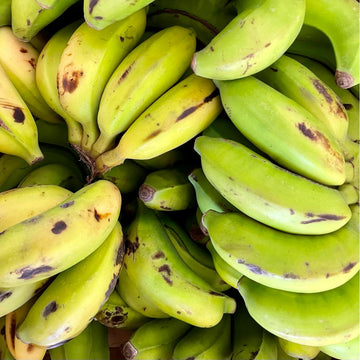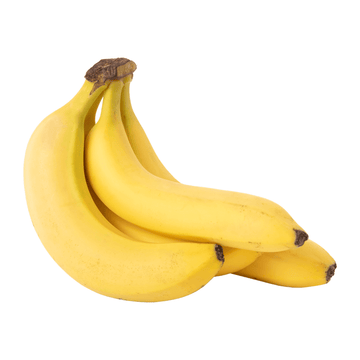20 Exotic Fruits Found in Australia
Australia’s diverse landscapes—from tropical rainforests to arid deserts—have nurtured an incredible array of native fruits, many of which have sustained Indigenous communities for over 60,000 years.
In this blog post, we’ll explore 20 fruits you’ll find in Australia, some that originated there, and some that are now widely cultivated in the region. We’ll be diving into their origins, flavours, textures, and intriguing tidbits that make them special.
Get ready for a tasty adventure down under!
1. Finger Lime (Citrus australasica)
-
History/Origin: Native to the rainforests of Queensland and New South Wales, Australia, finger limes have been a traditional food for Indigenous Australians. They’ve recently exploded onto the global gourmet scene.
-
Flavour/Texture: Tangy and zesty, with a lime-like punch delivered through tiny, caviar-like vesicles that pop in your mouth. The texture is crisp and juicy.
-
Interesting Points: Known as "citrus caviar," they come in green, pink, and yellow varieties on the site. Perfect for garnishing seafood or desserts.
2. Granny Smith Apple (Malus domestica)
-
History/Origin: Originated in Australia in the 1860s, discovered by Maria Ann "Granny" Smith in New South Wales. Now widely grown globally.
-
Flavour/Texture: Crisp and tart with a refreshing bite, the green flesh is firm and juicy.
-
Interesting Points: Its tartness makes it ideal for baking. It’s one of the most recognised apple varieties worldwide.
3. Pink Lady Apple (Malus domestica)
-
History/Origin: Developed in Western Australia in the 1970s by John Cripps, a cross between Golden Delicious and Lady Williams. Widely grown in Australia.
-
Flavour/Texture: Sweet-tart and balanced, with a crisp, juicy texture.
-
Interesting Points: Its blush-pink skin and versatility make it a favorite for snacking or cooking.
4. Navel Powell Orange (Citrus sinensis)
-
History/Origin: Originated in Australia in 1978, found in an orchard of Valencia Late oranges. Now grown in Australia and beyond.
-
Flavour/Texture: Very sweet and juicy, with a seedless, easy-to-peel deep orange flesh.
-
Interesting Points: Its excellent flavour makes it a premium citrus choice.
5. Kakadu Plum (Terminalia ferdinandiana)
-
History/Origin: Native to northern Australia’s tropical woodlands, used by Indigenous communities for millennia.
-
Flavour/Texture: Tart and fibrous, with a slightly astringent bite.
-
Interesting Points: Boasts up to 100 times more vitamin C than an orange, making it a superfood darling.
6. Jackfruit (Artocarpus heterophyllus)
-
History/Origin: Native to India’s tropical rainforests, it’s now widely grown in northern Australia.
-
Flavour/Texture: Sweet and tropical, with a complex pineapple-banana vibe and a chewy, juicy texture.
-
Interesting Points: A versatile meat substitute, it’s the world’s largest tree fruit—some weigh over 80 pounds!
7. Longan (Dimocarpus longan)
-
History/Origin: Originated in southern China over 2,000 years ago, now cultivated in subtropical Australia.
-
Flavour/Texture: Delicately sweet and juicy, with a soft, lychee-like flesh.
-
Interesting Points: Symbolises abundance and longevity in Chinese culture.
8. Papaya (Carica papaya)
-
History/Origin: Native to Central America, it’s widely grown in tropical Queensland, Australia.
-
Flavour/Texture: Sweet and juicy, with a buttery, melon-like texture.
-
Interesting Points: Contains papain, an enzyme that aids digestion and exfoliates skin.
9. Dragon Fruit (Hylocereus spp.)
-
History/Origin: Believed to originate in Southeast Asia or Central America, it’s now widely grown in Australia’s tropical regions.
-
Flavour/Texture: Mildly sweet, with a kiwi-like crunch from tiny seeds in a soft flesh.
-
Interesting Points: Its vibrant pink or yellow skin makes it a visual stunner.
10. Pomegranate (Punica granatum)
-
History/Origin: Originated in Persia, now cultivated in South Australia.
-
Flavour/Texture: Sweet-tart, with juicy, jewel-like seeds that burst in your mouth.
-
Interesting Points: A symbol of fertility in ancient cultures, it’s packed with antioxidants.
11. Custard Apple (Annona reticulata)
-
History/Origin: Native to the Americas, it’s widely grown in Queensland, Australia.
-
Flavour/Texture: Sweet and creamy, with a custard-like flesh under a scaly rind.
-
Interesting Points: Once reserved for Incan royalty, it’s nicknamed the “king of fruits.”
12. Key Lime (Citrus aurantiifolia)
-
History/Origin: Originated in Southeast Asia, now grown in subtropical Australia.
-
Flavour/Texture: Tangy and zesty, with a juicy, rough-skinned pulp.
-
Interesting Points: Famous for Key lime pie, it’s smaller and more intense than regular limes.
13. Gac Fruit (Momordica cochinchinensis)
-
History/Origin: Native to Southeast Asia and northeast Australia, it’s harvested for just two months annually.
-
Flavour/Texture: Mild and mushy, with a subtle taste overshadowed by its nutritional value.
-
Interesting Points: Rich in beta-carotene, it’s a Vietnamese festive treat.
14. Amla (Phyllanthus emblica)
-
History/Origin: Native to India, it’s also grown in northern Australia.
-
Flavour/Texture: Sour, bitter, and tangy, with a firm, juicy flesh.
-
Interesting Points: Known as Indian gooseberry, it’s a medicinal powerhouse in Ayurveda.
15. Guava (Psidium guajava)
-
History/Origin: Originated in South America, now widely grown in tropical Australia.
-
Flavour/Texture: Sweet and aromatic, with a juicy, grainy flesh.
-
Interesting Points: Its vibrant pink or white interior adds a tropical flair to dishes.
Conclusion
Australia’s native fruits are a testament to the land’s resilience and the ingenuity of its First Peoples, who turned harsh environments into bountiful larders. From the tart zing of finger limes to the creamy richness of macadamias, these 20 fruits offer a spectrum of flavors and textures that delight the palate and tell a story of survival and adaptation. Many are now finding their way into modern kitchens, bridging ancient traditions with contemporary tastes. Whether you’re foraging in the wild or shopping at a market, these fruits invite you to taste Australia’s unique heritage—one bite at a time.

